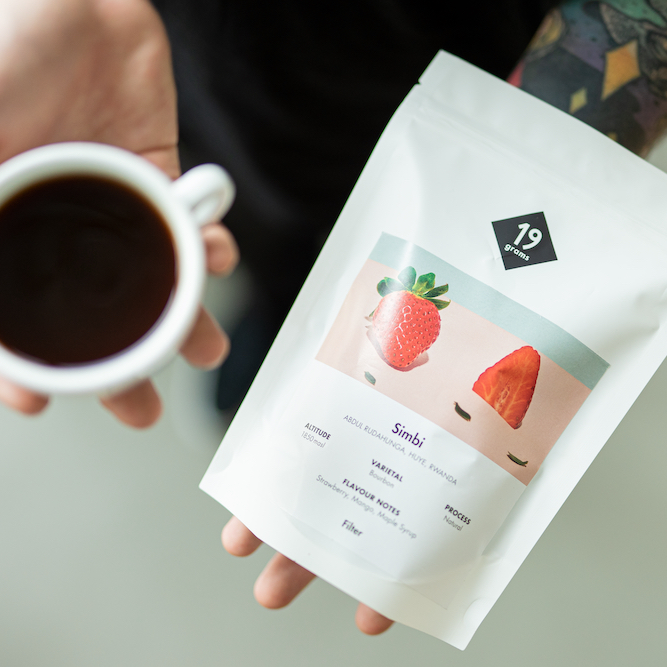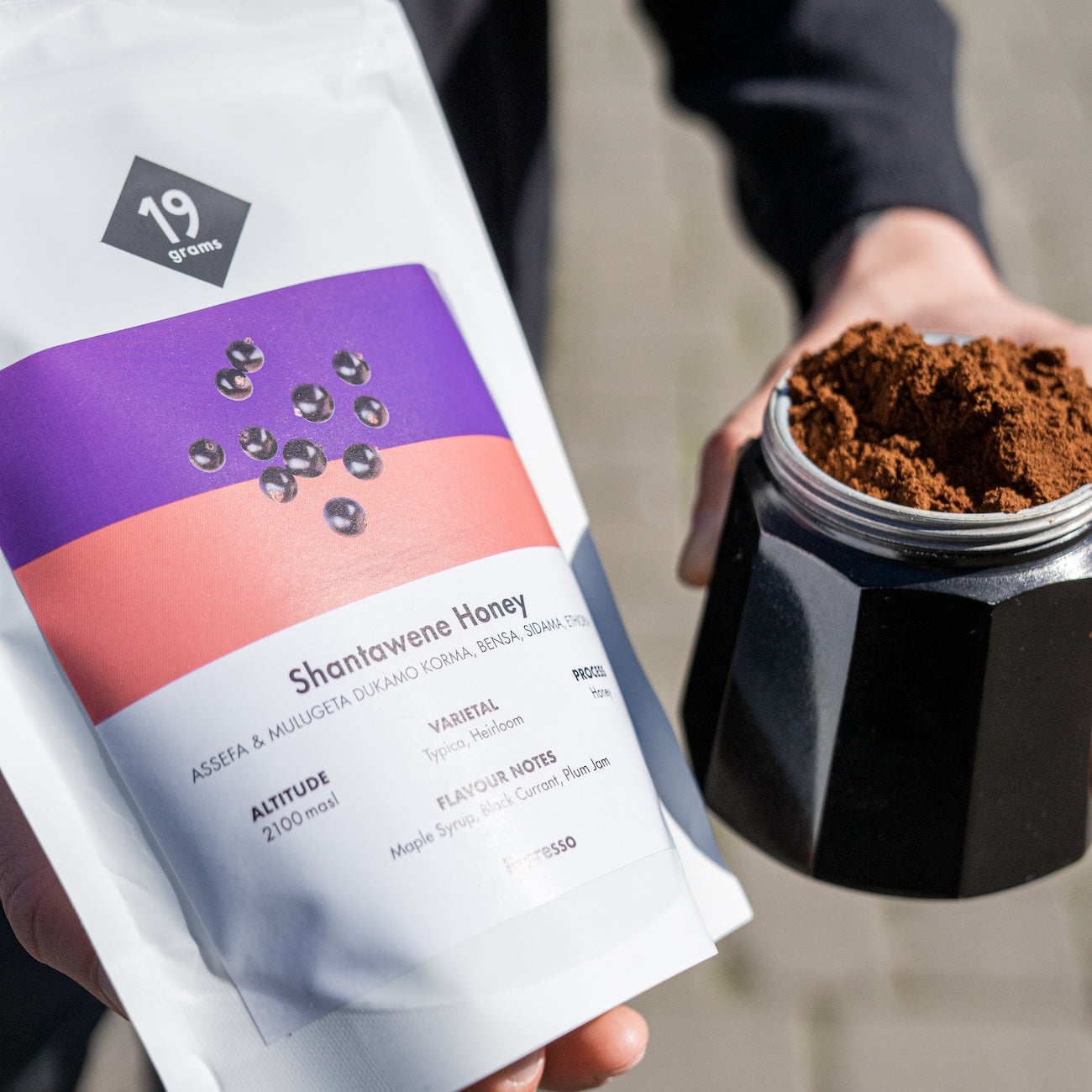The Cuban coffee industry can only be understood through its history, tied up with the country’s unique political past. Coffee was first grown in Cuba in the mid 1700s. José Antonio Gelabert, a Spanish administrator who was in charge of the colonial purse in Havana, and who oversaw the coast guard protecting against piracy on the Carribean island, brought the first Coffea Arabica plants to Cuba in 1748, bringing them from what today is the Dominican Republic.
These early seedlings of coffee production were bolstered with the arrival of more colonists in the early 19th century, when French plantation owners were forced to move their operations from neighbouring Haiti after the Haitian revolution abolished slavery. Landing in the south east of Cuba, they set up several plantations where they employed their practices from Haiti to increase the productivity of Cuba’s coffee production, though not without human costs. Today, the remnants of these plantations are UNESCO World Heritage Sites, pictured above.
In the 19th and 20th centuries, production continued to grow, with Cuba becoming one of the world’s biggest coffee producing countries, exporting primarily to Europe. It was only with the Cuban Revolution and the nationalisation of the coffee industry in 1959 that the country’s peak annual production of 60,000 tonnes fell drastically. This change upended the structure of the coffee industry and the island’s economy as a whole, removing market incentives and cutting the productivity of the farms. Political tensions made trading harder too, with the US imposing a crippling embargo on Cuban exports, coffee included.
The industry continued to flag, seeing its low point in 2009, producing just 5,500 tonnes, less than a tenth of its peak some six decades earlier. The fall of the Soviet Union in the 1990s meant that Cuba had lost its main trading partner, and despite the thawing of the Cold War trade and relations with the west remained strained. Internally, coffee is heavily rationed, with each Cuban only entitled to a small quantity of subsidised coffee. At times coffee has even been cut with peas or chickpeas to stretch the meagre harvest further.
Since the reopening of relations with the US under President Obama, Cuba has been looking to reform and revitalise its coffee industry, with goals to be able to profitably export coffee whilst also providing enough coffee for its citizens to be able to do away with rationing. Increased investment and more trading opportunities has helped the industry to grow, but it’s still very much in a period of flux, with historical structures remaining important. For example, all coffee is exported by Cubaexport, a government aligned exporter who pays a centrally set price to farmers. This reduces the transparency and traceability of the industry, making things like quality control difficult, and creating unnecessary costs along the supply chain.
Today, the vast majority of the coffee is produced in the south east of the country, in the Baracoa region where French colonists set up their plantations, and in the Sierra Maestra Mountains. Fertile soils mean coffee trees flourish in these regions, and combination of mountainous and coastal weather patterns keep temperatures cool, which improves the quality of the coffee by slowing the ripening process.
Coffees from Cuba generally have a heavier body and low acidity, with elegant notes of chocolate and nuts, as well as some heavier profiles that taste like tobacco or leather.




